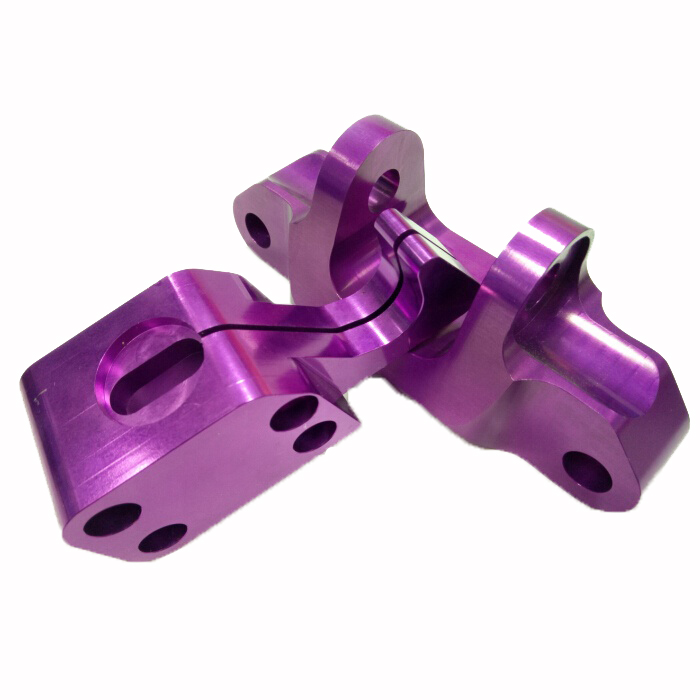Steps to Create Customized Anodized Aluminum Parts
2023-12-19
Creating customized anodized aluminum parts involves a series of steps, from design to finishing. Anodizing is an electrochemical process that enhances the corrosion resistance, durability, and appearance of aluminum. Here's a general overview of the process:
Steps to Create Customized Anodized Aluminum Parts:
1. Design Phase:
- Define the specifications and design requirements for the aluminum parts. This includes dimensions, shapes, surface finishes, and any specific features. Use Computer-Aided Design (CAD) software to create detailed design files.
2. Material Selection:
- Choose the type of aluminum alloy suitable for the application. Different alloys have varying properties, such as strength, weight, and corrosion resistance. Common alloys include 6061 and 7075.
3. Surface Preparation:
- Before anodizing, the aluminum parts need to be cleaned to remove any contaminants, oils, or residues. This typically involves cleaning the parts through processes such as alkaline cleaning or acid etching.
4. Anodizing Process:
- Anodizing is an electrochemical process that involves immersing the aluminum parts in an electrolyte bath and applying an electric current. This process forms an oxide layer on the surface of the aluminum, enhancing its corrosion resistance and providing a base for color or dye absorption.
5. Dyeing (Optional):
- If color is desired, the anodized aluminum parts can be dyed during or after the anodizing process. The porous anodized layer absorbs dye, creating a colored finish. This step is optional, and natural or clear anodizing is also common.
6. Sealing:
- After anodizing and dyeing (if applicable), the aluminum parts are sealed to close the pores in the anodized layer. This improves the corrosion resistance and enhances the overall durability of the finish.
7. Quality Inspection:
- Perform quality checks on the anodized aluminum parts. Inspect for uniformity of color, thickness of the anodized layer, and any defects. Ensure that the parts meet the specified requirements.
8. Assembly (If Applicable):
- If the anodized aluminum parts are components of a larger assembly, proceed with the assembly process according to the design specifications.
9. Packaging and Shipping:
- Package the anodized aluminum parts securely to prevent damage during shipping. Label packages appropriately and ensure that they are shipped to the desired destination.
Considerations:
- Tolerance and Precision: Pay attention to the required tolerances and precision in the design, as these factors are critical for achieving the desired fit and functionality.
- Color Matching: If color is a critical aspect, work closely with the anodizing facility to achieve the desired color, and consider obtaining color samples for approval.
- Post-Anodizing Machining (Optional): If machining is required after anodizing, plan for it in the design phase to avoid potential damage to the anodized finish.
- Regulatory Compliance: Ensure that the anodizing process and materials used comply with relevant industry standards and regulations.
Working with experienced manufacturers or anodizing facilities can help ensure the successful creation of customized anodized aluminum parts. These facilities often have the expertise and equipment to handle the various stages of the anodizing process.



